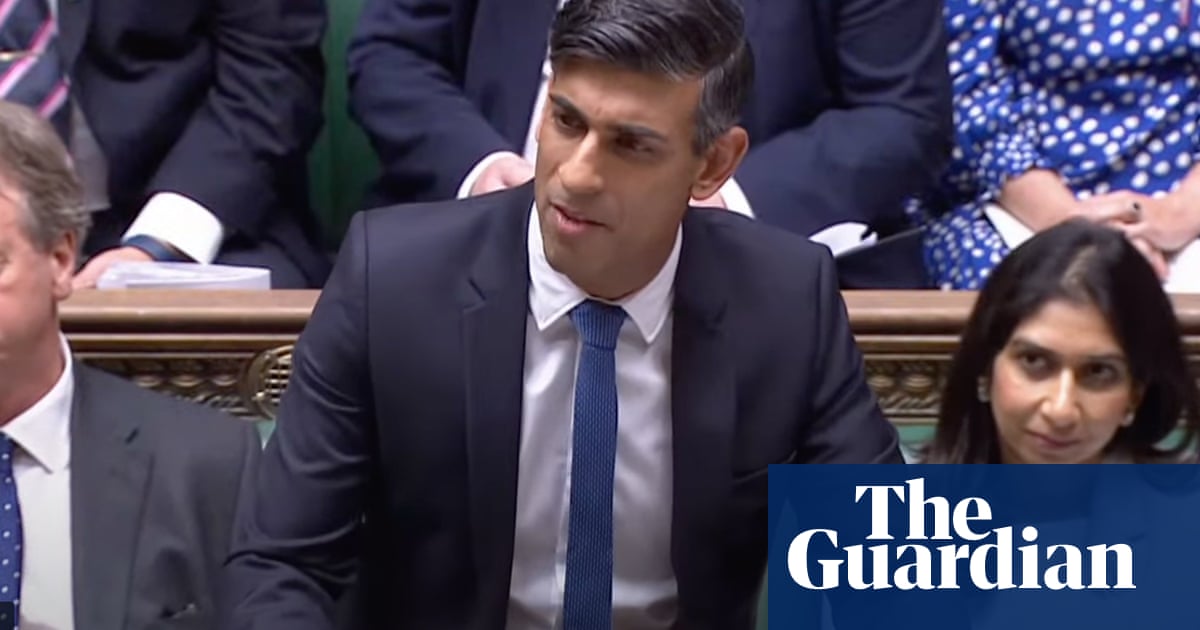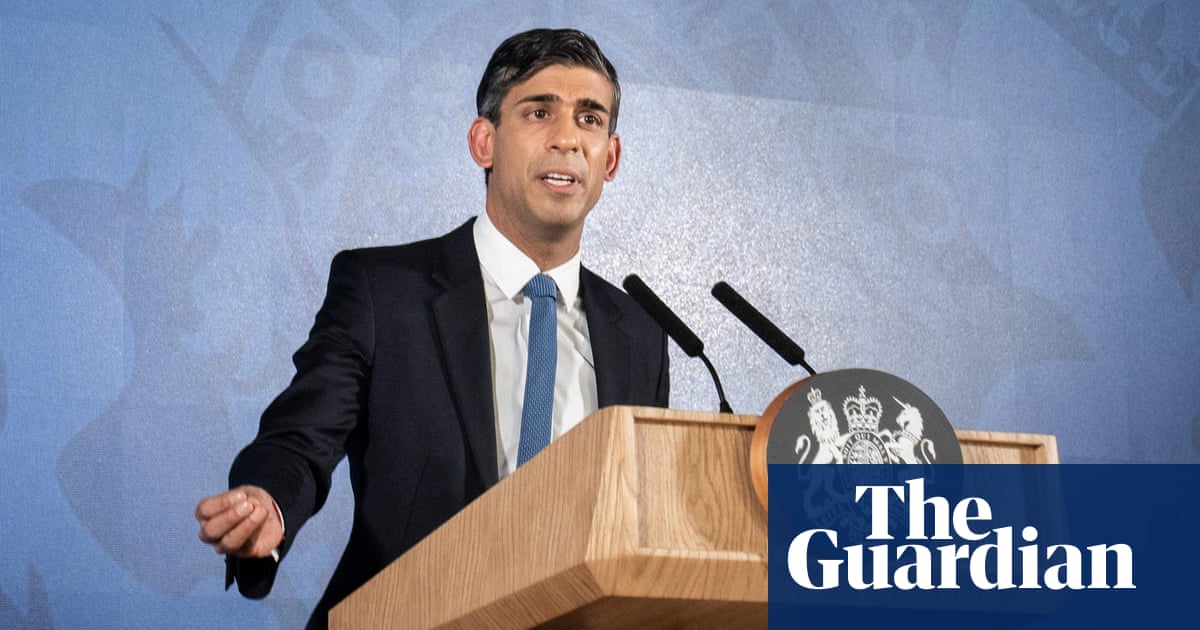
Rishi Sunak has come under further pressure to suspend the state pension triple lock after wage figures showed that the chancellor is on course to pay pensioners a rise of more than 8% next year.
Sunak is understood to be considering telling Britain’s 12 million state pension claimants that the pandemic has artificially inflated the official wages figures and a new formula is needed to calculate the rise in the basic state pension for next year.
The decade-old triple lock, which Boris Johnson’s government pledged to maintain at the 2019 election, is underpinned by a promise to pay either 2.5%, the rate of inflation, or the level of earnings recorded in the July employment figures.
In the latest official figures for June, earnings increased by 8.8% including bonuses and analysts said they were on course to remain above 8% next month, setting the stage for a political battle over the triple lock.
Sunak has responded to calls for pensions payments to rise by 2.5%, or to track inflation – which is expected to hit 4% this year – by saying he will leave a decision until the autumn.
Julian Jessop, an economics adviser to the free-market thinktank, the Institute of Economic Affairs, said each percentage point increase in earnings growth will add about £900m to annual spending on state pensions, next year and in future years. A rise based on the latest official figures would therefore cost the exchequer at least £5bn more than a 2.5% increase.
“The pay data have been distorted by the pandemic in ways that no one could have anticipated,” he said. “Unless the triple lock is changed, this will provide an unintended windfall to pensioners that is increasingly hard to justify.”
The Office for National Statistics said a more accurate reflection of pay growth would be between 3.5% and 4.9%, because the official figures had been “affected by temporary factors that have inflated the increase in the headline growth rate”.
The figures are based on pay data from a year ago, when earnings fell by 1.3% due to people on furlough receiving only 80% of their wages. Widespread job losses amid the pandemic for low-paid workers has also meant fewer low pay packets have been counted in the official figures, pushing up the average pay level.
Among the considerations for Sunak are likely to include the expected £105bn cost of the state pension this year, having increased by 35%, while average earnings have risen by 27% since the triple lock was introduced in 2012.
It also comes after the government offered NHS staff a 3% pay rise and will freeze the pay of other public sector workers, alongside plans to cut universal credit benefits for working-age adults by £1,000 a year from October.
A Treasury spokesperson said it would confirm next year’s state pension rates in the autumn, adding: “We will continue to support retired people while ensuring future decisions are fair for both pensioners and taxpayers.”
The employment figures covering the three months to June showed the UK’s labour market continued to bounce back from the pandemic across a broad range of measures as government restrictions were relaxed.
According to the latest snapshot from the ONS, the unemployment rate dropped to 4.7% in the three months to June, down 0.2 percentage points on the previous quarter. Data for July showed the number of job vacancies passed 1m for the first time on record, in a sign of the difficulties firms are reporting in finding staff as the UK emerges from lockdown.
The figures still show the proportion of the working population out of work is higher than before the pandemic, when unemployment was 3.9%, but the reopening of the economy and the rocketing demand for workers in some industries pushed up the number of people in work.
Separate figures for July from HMRC also pointed to a strong recovery in the labour market, even as almost 2 million people remained on furlough, after the number of employees recorded on company payrolls increased by 182,000 to 28.9 million.
The figures beat the forecasts of City analysts, who expected the labour market to recover more slowly as lockdown restrictions eased.
Samuel Tombs, the chief UK economist at Pantheon Macroeconomics, said the strong growth in the number of jobs this year and the rise in wages were unlikely to alter the view of the Bank of England, which has forecast that wages growth will lose momentum as the economy returns to more normal levels of activity.
“We continue to think that the labour market will lose its current momentum, enabling the monetary policy committee to wait until the first half of 2023 to raise [interest rates],” he said.
The number of hours worked remained almost 5% below pre-pandemic levels, and the number of employees also remained 201,000 below February 2020 levels, indicating that many self-employed people who lost work in the previous 16 months were still unable to return to the labour market.












